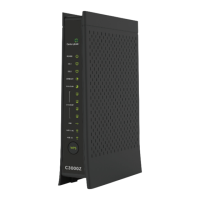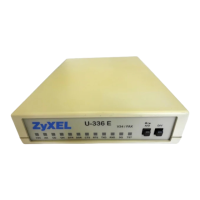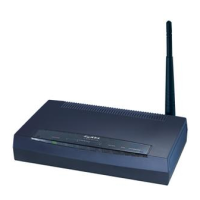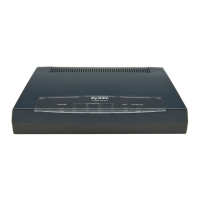Chapter 6 Home Networking
eir F1000 Modem User’s Guide
Use the following screen to configure the UPnP settings on your Device. Click Network Setting >
Home Networking > UPnP to display the screen shown next.
Figure 58 Network Setting > Home Networking > UPnP
The following table describes the labels in this screen.
Table 31 Network Setting > Home Networking > UPnP
Select Enable to activate UPnP. Be aware that anyone could use a UPnP application to open
the web configurator's login screen without entering the Device's IP address (although you
must still enter the password to access the web configurator).
Select Enable to allow UPnP-enabled applications to automatically configure the Device so
that they can communicate through the Device by using NAT traversal. UPnP applications
automatically reserve a NAT forwarding port in order to communicate with another UPnP
enabled device; this eliminates the need to manually configure port forwarding for the UPnP
enabled application.
The table below displays the NAT port forwarding rules added automatically by UPnP NAT-T.
This is the index number of the UPnP NAT-T connection.
This is the description of the UPnP NAT-T connection.
This is the IP address of the other connected UPnP enabled device.
This is the external port number that identifies the service.
This is the internal port number that identifies the service.
Click Apply to save your changes.
Click Cancel to exit this screen without saving.
6.5 Installing UPnP in Windows Example
This section shows how to install UPnP in Windows Me and Windows XP.
Installing UPnP in Windows Me
Follow the steps below to install the UPnP in Windows Me.

